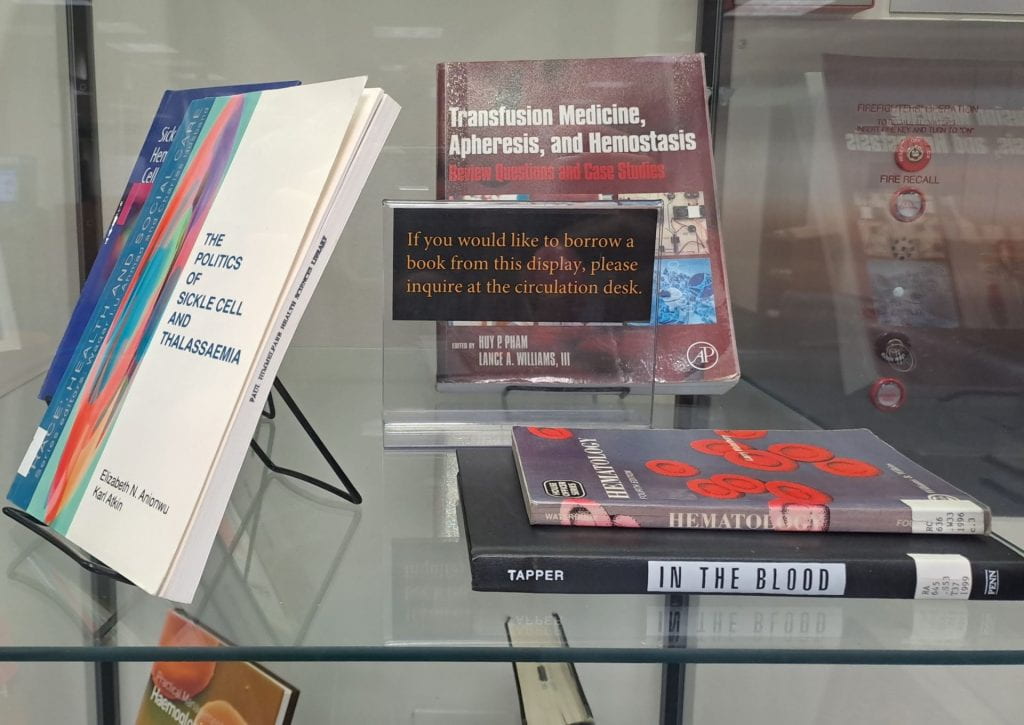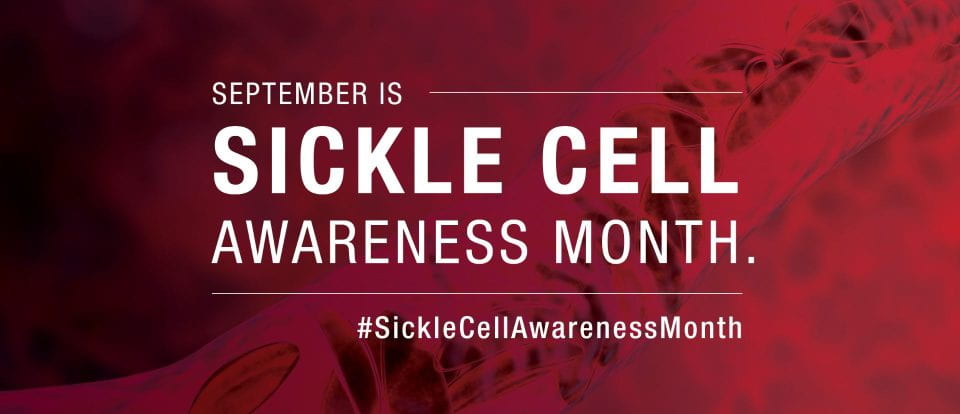September is Sickle Cell Awareness month - a designation from Congress meant to boost attention towards the most common inherited blood disorder in the United States (National Heart, Lung, and Blood Institute, 2023). Affecting around 100,000 Americans, Sickle Cell Anemia is a genetic disorder that affects the shape of blood cells, causing them to “stack up” in capillaries and induce chronic pain and systemic health complications (2018).
While “staying aware” might feel irrelevant, for medical professionals, awareness itself actually contributes to bettering the lives of patients by recognizing the disease earlier, referring potential parents to the right tests, and helping prevent pain episodes through health regimens and palliative care. Knowledge helps save lives.
You can add to your knowledge base by checking out the NHI’s great fact sheet, the inspiring stories, or recent initiatives to find cures for SCA.
In 2018, congress passed the Sickle Cell Treatment Act, ratcheting up research through grants awarded by the Health Resources and Service Administration. The Cure Sickle Cell Initiative aims to “accelerate the development of genetic therapies to cure sickle cell disease,” specifically through hematopoietic stem cells (HSCs). Since abnormal hemoglobin (Hemoglobin S) causes the blood cells to be sickle shaped, replacing it will cause the body to create normal hemoglobin. Traditionally, this has only been possible through bone marrow transplant and was limited to younger patients with perfectly matching donors. Stem cell research could change that.
Today, medicine seeks to alleviate the symptoms of SCD. The National Heart Lung and Blood Institute provides a good list of the current medications. See the following excerpt (2023):
- Hydroxyurea is an oral medicine that can reduce or prevent several SCD complications, such as acute chest syndrome, a need for blood transfusions and pain events.
- Voxelotor treats SCD in adults and children age 4 and older. The oral medicine prevents red blood cells from forming the sickle shape and binding together. This may decrease the destruction of some red blood cells, lowering the risk for anemia and improving blood flow.
- Crizanlizumab-tmca reduces the number of pain crises experienced by adults and children aged 16 and older. Given through an IV, the medicine helps prevent blood cells from sticking to blood vessel walls and causing blood flow blockage, inflammation and pain crises. In addition, L-glutamine has been shown to lower the number of pain crises in people ages 5 and older. Over-the-counter pain medicine, such as acetaminophen or ibuprofen, can be used to treat mild to moderate pain, but for severe pain, providers may prescribe stronger medicines called opioids.
- Penicillin has been shown to help children with SCD. Taking it twice a day can reduce the chance of having a severe infection in the bloodstream.
- Transfusions can treat and prevent certain SCD complications. Acute transfusions treat complications that cause severe anemia. Red blood cell transfusions increase the number of red blood cells and provide normal red blood cells that are more flexible than red blood cells with sickle hemoglobin. Regular or ongoing blood transfusions may help lower the chances of another stroke in people who have had an acute stroke.
Read the full article here ("New Treatment Options for Sickle Cell Disease Provide Hope").
Lastly, you can check out Himmelfarb’s current Sickle Cell Awareness Month Display near the elevator!

National Heart, Lung, and Blood Institute. (2018). Curing Sickle Cell Initiative.
https://www.nhlbi.nih.gov/science/cure-sickle-cell-initiative.
National Heart, Lung, and Blood Institute. (2023). New Treatment Options for Sickle Cell Disease Provide
Hope. https://www.nhlbi.nih.gov/education/sickle-cell-month.
National Heart, Lung, and Blood Institute. (2023). September is National Sickle Cell Awareness Month.
https://www.nhlbi.nih.gov/education/sickle-cell-month.
Sickle Cell Disease Social Media Resources. National Heart, Lung, and Blood Institute. (2023). https://www.nhlbi.nih.gov/education/sickle-cell-month/social-media.



